With the popularity of cloud computing, Docker has become the standard for more and more applications. PHP developers are no exception. They will continue to try to use Docker to deploy programs during application development. In this article, the author will combine his practical experience to introduce readers to how to use Docker in PHP.
1. Introduction to Docker
Docker is a virtualization technology that improves the portability, reliability, and collaboration of applications by isolating the environment in which applications run. The Docker runtime requires a software called the Docker engine, which manages the configuration of containers, networking, storage, and security.
The most basic unit in Docker is called a container, and a container is a running instance created through an image. The same image can create multiple containers. Each container is independent of each other and has its own file system, network port, system, etc. Containers are lightweight and can run on multiple systems without requiring additional operating system support.
2. Benefits of using Docker in PHP
- Rapid deployment: Docker enables applications to be quickly deployed in any environment.
- Easy development environment: Docker can help PHP developers easily set up a development environment locally and avoid code inconsistencies caused by environmental problems.
- Avoid dependency issues: Docker guarantees that an application's dependencies are consistent in any environment, thus avoiding rejections caused by dependency issues at deployment time.
3. Steps to use Docker in PHP
1. Install Docker
The installation of Docker is very simple. Just download the installation file from the Docker official website and follow the prompts Just do it.
2. Pull the PHP image
Docker Hub is the official image warehouse of Docker. We can pull the compiled PHP image from Docker Hub. Commonly used PHP images include php:5.6-apache, php:7.0-apache, php:7.1-apache, etc. We can choose the corresponding image according to our needs. Enter the following command on the command line to pull the PHP image:
docker pull php:7.4-apache
After the command is executed, we can find the PHP image we just pulled in the local mirror library.
3. Write Dockerfile
Dockerfile is a text file that is used to specify the construction steps and configuration of the Docker image. The following is a simple example:
FROM php:7.4-apache COPY ./src /var/www/html
The above Dockerfile is used to build a PHP container with an Apache server and copy the src directory in the current directory to the /var/www/html directory in the container.
4. Build the image
After writing the Dockerfile, we need to use the Docker command to build the image. Enter the following command on the command line to build the PHP image:
docker build -t my-php-app .
Among them, my-php-app is the name of the built image, and the following "." indicates the directory where the Dockerfile is located.
5. Run the container
After building the image, we can use the Docker command to run the container. Enter the following command on the command line to run the container:
docker run -d -p 80:80 my-php-app
Among them, -d indicates that the container is running in the background, -p 80:80 indicates that port 80 in the container is mapped to port 80 locally, my-php- app represents the container to be run.
6. View the container log
After running the container, enter the following command on the terminal to view the container's log:
docker logs [container_id]
The container_id is the ID of the container, which can be used docker ps command to view the container ID.
4. Summary
Through the above steps, we can use Docker in PHP to improve the portability, reliability and collaboration of the program. Of course, you need to follow certain norms and precautions when using Docker, such as avoiding using the root user, maintaining the repeatability of containers, and paying attention to container management. In practice, we can also combine some tools to simplify the use of Docker, such as using Docker Compose to manage containers in batches, using Docker Swarm to manage multiple Docker hosts, etc.
The above is the detailed content of How to use Docker with PHP?. For more information, please follow other related articles on the PHP Chinese website!
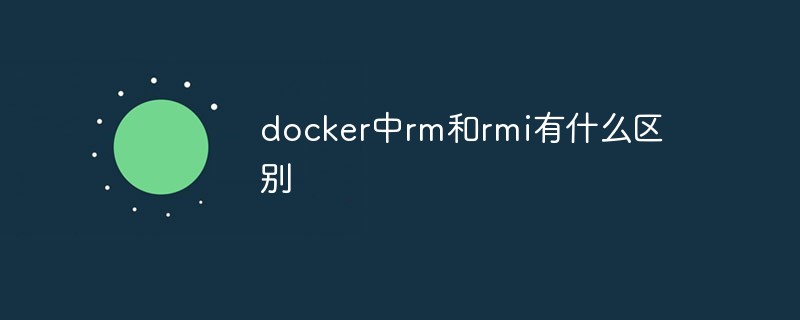 docker中rm和rmi有什么区别Jul 14, 2022 am 11:02 AM
docker中rm和rmi有什么区别Jul 14, 2022 am 11:02 AMdocker中rm和rmi的区别:rm命令用于删除一个或者多个容器,而rmi命令用于删除一个或者多个镜像;rm命令的语法为“docker rm [OPTIONS] CONTAINER [CONTAINER...]”,rmi命令的语法为“docker rmi [OPTIONS] IMAGE [IMAGE...]”。
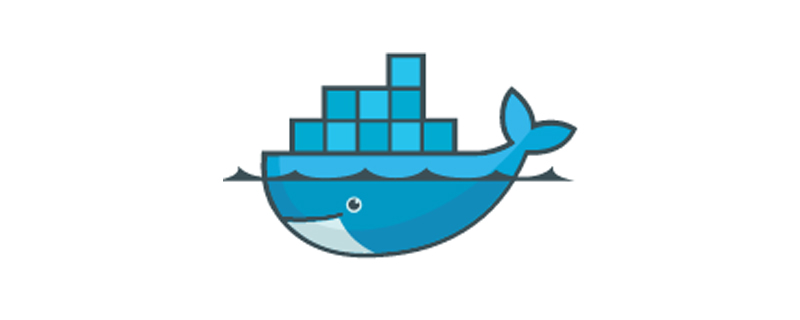 docker官方镜像有哪些May 12, 2022 pm 02:23 PM
docker官方镜像有哪些May 12, 2022 pm 02:23 PMdocker官方镜像有:1、nginx,一个高性能的HTTP和反向代理服务;2、alpine,一个面向安全应用的轻量级Linux发行版;3、busybox,一个集成了三百多个常用Linux命令和工具的软件;4、ubuntu;5、PHP等等。
 docker是免费的吗Jul 08, 2022 am 11:21 AM
docker是免费的吗Jul 08, 2022 am 11:21 AMdocker对于小型企业、个人、教育和非商业开源项目来说是免费的;2021年8月31日,docker宣布“Docker Desktop”将转变“Docker Personal”,将只免费提供给小型企业、个人、教育和非商业开源项目使用,对于其他用例则需要付费订阅。
 docker容器重启后数据会丢吗Jun 17, 2022 am 10:41 AM
docker容器重启后数据会丢吗Jun 17, 2022 am 10:41 AMdocker容器重启后数据会丢失的;但是可以利用volume或者“data container”来实现数据持久化,在容器关闭之后可以利用“-v”或者“–volumes-from”重新使用以前的数据,docker也可挂载宿主机磁盘目录,用来永久存储数据。
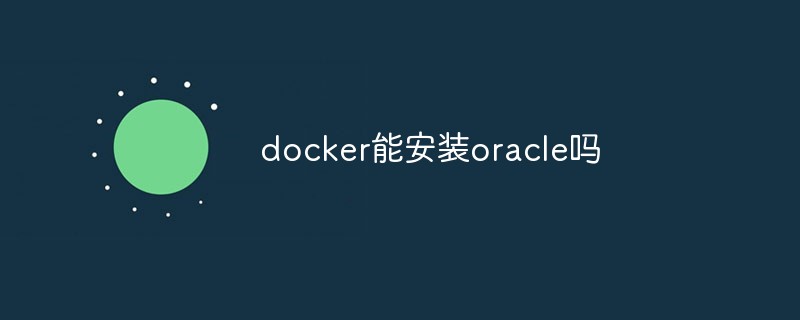 docker能安装oracle吗Jul 08, 2022 pm 04:07 PM
docker能安装oracle吗Jul 08, 2022 pm 04:07 PMdocker能安装oracle。安装方法:1、拉取Oracle官方镜像,可以利用“docker images”查看镜像;2、启动容器后利用“docker exec -it oracle11g bash”进入容器,并且编辑环境变量;3、利用“sqlplus /nolog”进入oracle命令行即可。
 docker存储空间不足怎么办Jul 22, 2022 pm 03:44 PM
docker存储空间不足怎么办Jul 22, 2022 pm 03:44 PM解决方法:1、停止docker服务后,利用“rsync -avz /var/lib/docker 大磁盘目录/docker/lib/”将docker迁移到大容量磁盘中;2、编辑“/etc/docker/daemon.json”添加指定参数,将docker的目录迁移绑定;3、重载和重启docker服务即可。
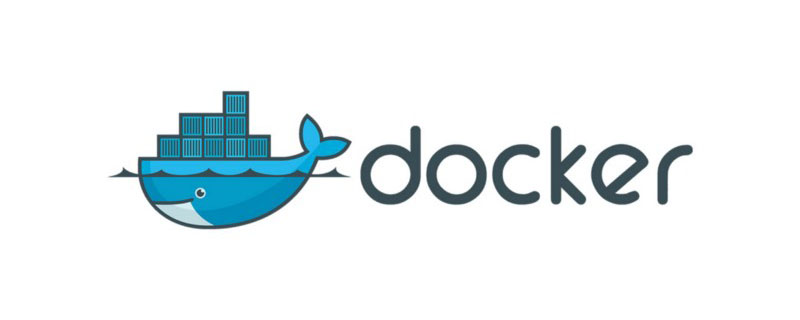 docker容器管理ui有哪些May 11, 2022 pm 03:39 PM
docker容器管理ui有哪些May 11, 2022 pm 03:39 PM容器管理ui工具有:1、Portainer,是一个轻量级的基于Web的Docker管理GUI;2、Kitematic,是一个GUI工具,可以更快速、更简单的运行容器;3、LazyDocker,基于终端的一个可视化查询工具;4、DockStation,一款桌面应用程序;5、Docker Desktop,能为Docker设置资源限制,比如内存,CPU,磁盘镜像大小;6、Docui。
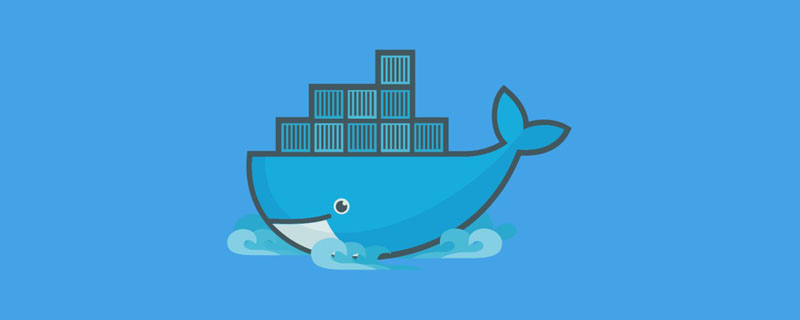 什么是docker最早支持的存储引擎May 12, 2022 pm 03:27 PM
什么是docker最早支持的存储引擎May 12, 2022 pm 03:27 PMAUFS是docker最早支持的存储引擎。AUFS是一种Union File System,是文件级的存储驱动,是Docker早期用的存储驱动,是Docker18.06版本之前,Ubuntu14.04版本前推荐的,支持xfs、ext4文件。


Hot AI Tools

Undresser.AI Undress
AI-powered app for creating realistic nude photos

AI Clothes Remover
Online AI tool for removing clothes from photos.

Undress AI Tool
Undress images for free

Clothoff.io
AI clothes remover

AI Hentai Generator
Generate AI Hentai for free.

Hot Article

Hot Tools

SublimeText3 Linux new version
SublimeText3 Linux latest version

SublimeText3 Chinese version
Chinese version, very easy to use

EditPlus Chinese cracked version
Small size, syntax highlighting, does not support code prompt function

WebStorm Mac version
Useful JavaScript development tools

Notepad++7.3.1
Easy-to-use and free code editor






